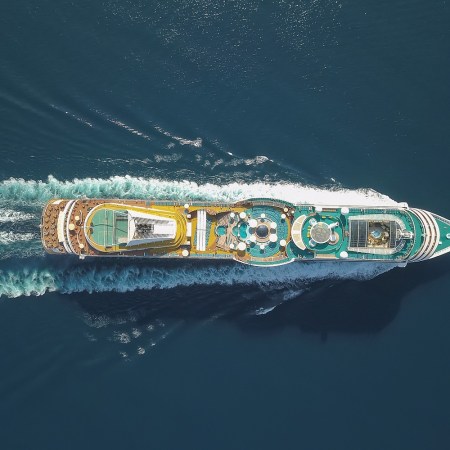The ways in which cruise ship life has intersected with the coronavirus has made for a number of unsettling narratives in the last few months. Some vessels have had difficulty finding a port to dock in; the last three that were in search of such a space finally found them. But now that passengers have safely arrived back on shore, a new phase in this odyssey begins: namely, figuring out what went wrong and how cruise lines’ handling of the crisis could have been better.
A new article by Austin Carr and Chris Palmeri at Bloomberg looks at how Carnival responded to the pandemic — and finds plenty to criticize. It notes that Carnival was aware of the threat posed by COVID-19 for weeks and could have done more to stop its spread. They note that on February 1, representatives of the Diamond Princess were notified via email that one of their passengers was being treated for the coronavirus in Hong Kong. What happened next is the subject of much debate:
Unfortunately, and somewhat inexplicably, according to Roger Frizzell, Carnival’s chief communications officer, nobody was monitoring those inboxes. He first says the messages hadn’t been read for “at least days,” then later emails that, actually, an employee had read them much sooner.
It took 43 hours for guests on the ship to be notified of the potential issue — time when people attended events, dined in groups and generally embodied the opposite of social distancing.
Carr and Palmeri note that two of Carnival’s ships have had a sizable amount of cases, some of them fatal. “Between the Diamond Princess and Grand Princess, 850 people tested positive for Covid-19 and 14 have died,” they write. It’s an unsettling look at the effects of the pandemic, and one that raises many questions about what could have been done differently.
Subscribe here for our free daily newsletter.
Thanks for reading InsideHook. Sign up for our daily newsletter and be in the know.


















